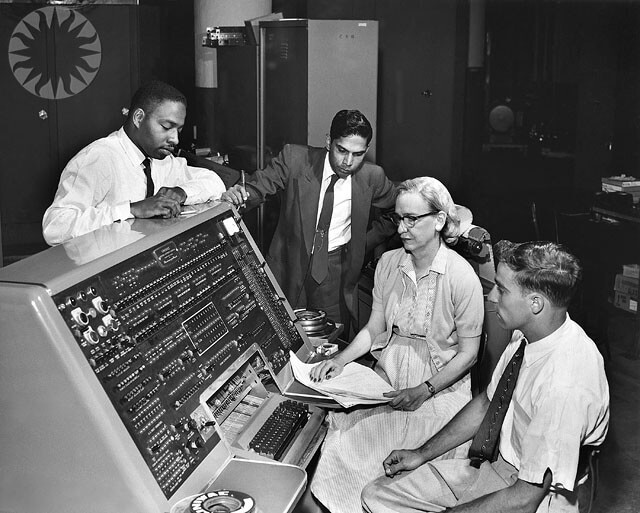While in recent years has there been a push for more women to work in STEM fields, there have been women working and making discoveries in these fields for decades. Women have been behind many of the major findings in science and mathematics, though they’re often not credited or publicized for their work. Here are four women who made great strides in STEM.
Vera Rubin
Vera Rubin was an astronomer who confirmed the existence of dark matter in the atmosphere. From a young age, she was fascinated by stars and the night sky. She received a scholarship to Vassar College and graduated in 1948 as the only astronomy major. She then moved on to Cornell University to study physics, and then Georgetown University to receive her Ph.D. After working as a professor, she took a research position studying the dynamics of galaxies. It was here that she discovered the existence of dark matter in the solar system with her partner Kent Ford.
Dr. Grace Murray Hopper
Dr. Grace Murray Hopper was the creator of the first computer language compiler, a tool that turns worded instructions into code that a computer can read. The compiler was the precursor for COBOL, a computer programming language that’s still widely used today. She graduated from Vassar College in 1928 with a degree in mathematics and physics. She later earned her Master’s and Doctorate from Yale University. She then joined the U.S. Navy, where she learned how to program a Mark I computer.
Chien-Shiung Wu
Chien-Shiung Wu was a Chinese-American physicist who worked on the Manhattan Project, After moving to America in 1936, she earned her Ph.D. at the University of California, Berkeley. During her work on the Manhattan Project, she developed a process for separating uranium metal. When two scientists theorized that the physics law of conservation of parity might not exist with beta decay, Wu was the one who did the experiments that confirmed their theory. The two scientists received a Nobel Prize in Physics for their discovery, and Wu’s contributions were unacknowledged.
Barbara McClintock
Barbara McClintock was a scientist who discovered “jumping genes,” for which in 1983 she was awarded the Nobel Prize for Physiology or Medicine, the first woman to be the sole winner of the award. She earned her Bachelor degree in biology from Cornell University and went on to earn her Master’s and Doctorate. She spent her professional career analyzing the chromosomal makeup of corn. In the 1940’s, through her research, she learned that genetic material is not stationary and controlling genes can move along the chromosome to a different site and affect the behavior of neighboring genes. For many years, her work was considered too radical, causing her to stop publishing her findings. Only later, did scientists verify her findings and provide her with the much-deserved recognition.

